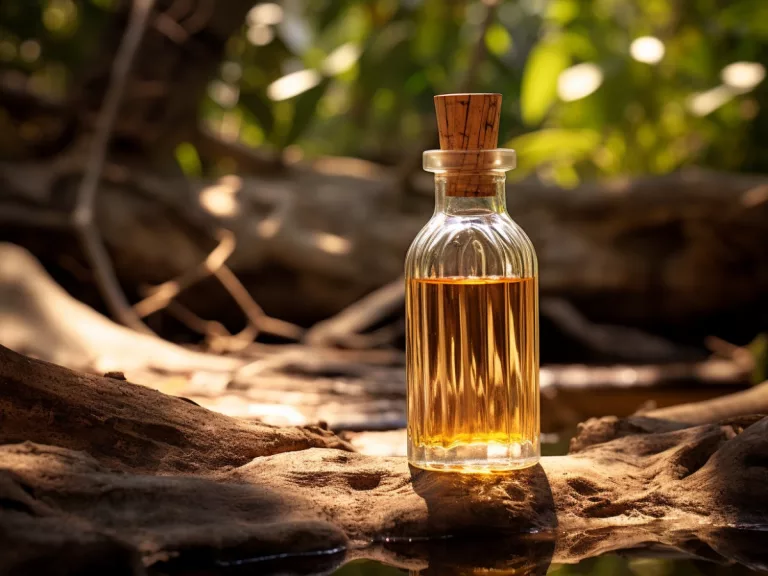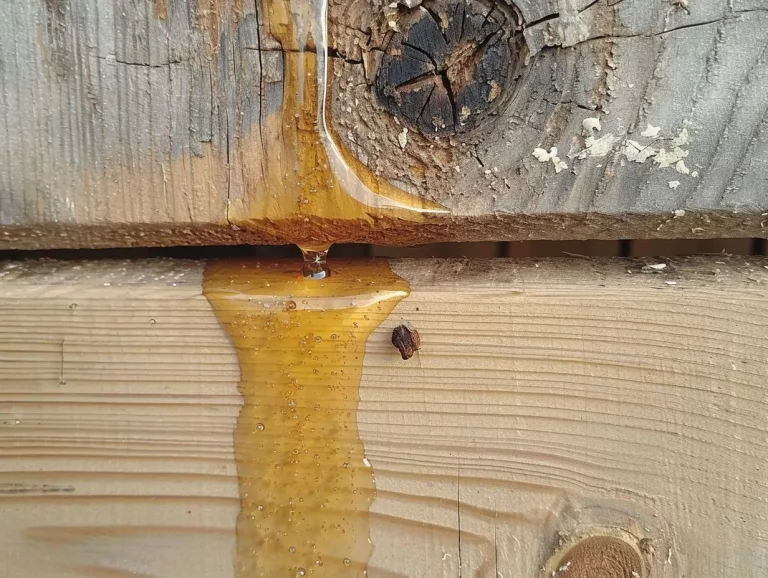Janka Rating for Hardwood Floors: A Holistic Insight
Hardwood flooring exudes a timeless allure that has graced countless homes over centuries. It’s the epitome of elegance, known for its durability and the warm aesthetic charm it instills in a space. As homeowners or woodworking specialists, diving into the world of wood flooring is akin to embarking on an enriching journey through a blend of nature’s finest graces and human craftsmanship.
The Janka Hardness Rating isn’t merely a number but a guidepost to navigating the hardwood terrain. It offers a glimpse into the resilience and longevity one can expect from a particular wood species when fashioned into flooring.
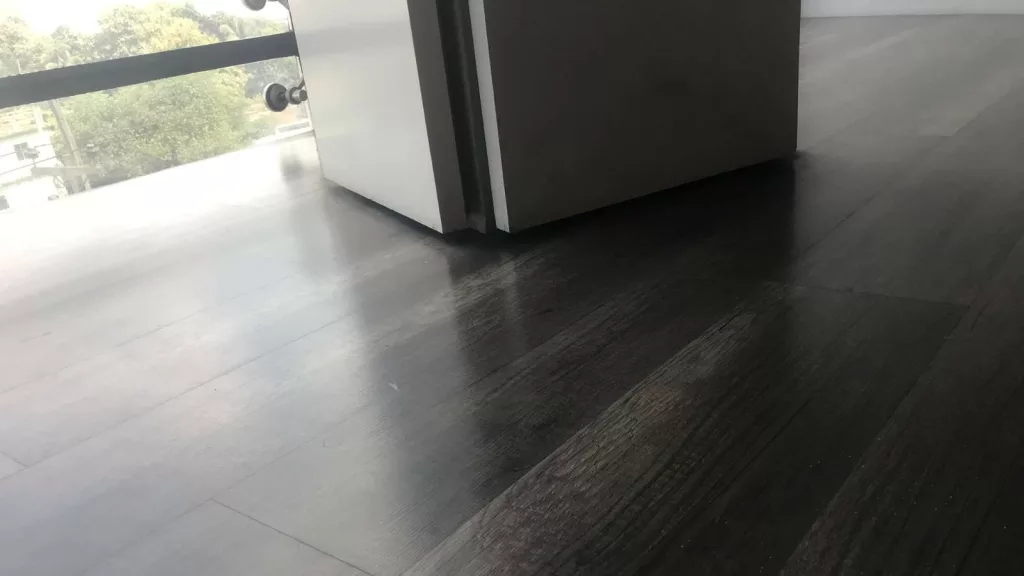
Variability and Regional Disparities
Averages and Standard Deviations in Janka Ratings
The ratings are averaged, yet, a standard deviation underscores the natural variability even within the same species. For instance, Hickory (1820 lbf) displays noticeable variation depending on its growth conditions.

Regional Measurement Disparities
Variance in measurement units across regions (lbf in the US, kgf in Sweden, and N or kN in Australia) necessitates a careful interpretation to avoid misconceptions when comparing hardness ratings across geographical bounds.
What is a good Janka rating for hardwood floors?
Higher Ratings: Durability Focused
Example 1: Cumaru (3540 lbf)
Suitable for high-traffic areas like commercial spaces or busy family living rooms due to its high resistance to dents and scratches.
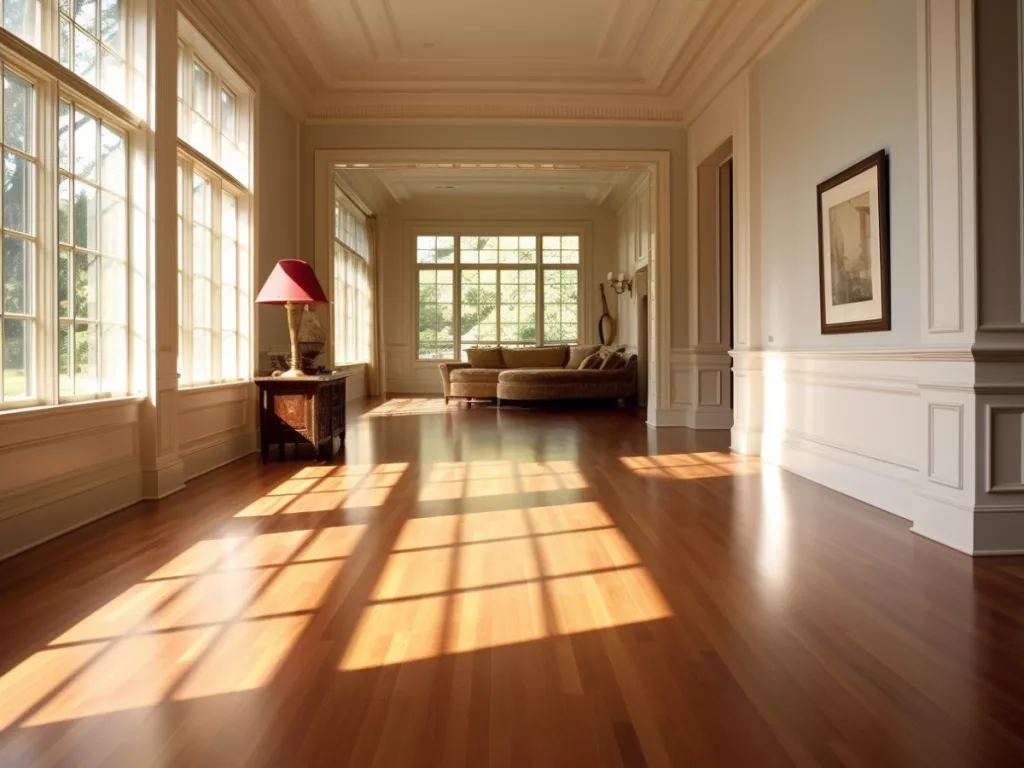
Example 2: Brazilian Cherry (2350 lbf)
Chosen for a book cafe to withstand constant furniture movement while retaining an ageless charm.
Lower Ratings: Aesthetics and Comfort Focused
Black Walnut (1010 lbf)
Offers a softer, warm ambiance but may show signs of wear in high-traffic areas.
Cherry (995 lbf)
Ideal for quieter, low-traffic spaces, offering a luxurious feel with a lower durability.
Tailored Selection Based on Individual Circumstances
Discussing the tailored approach in hardwood selection based on practical demands and aesthetic preferences.
A residential project where Walnut was chosen for a quiet, retired couple’s home due to its serene elegance and the low-traffic environment.
What are the top 5 hardest woods and their Janka hardness?
Following are the top five hardest woods and Janka hardness values:
- Australian Buloke (Allocasuarina luehmannii): 5060 lbf (22,495 N).
- Quebracho (Schinopsis brasiliensis): 4570 lbf (20,340 N).
- Lignum Vitae (Guaiacum officinale):4500 lbf (20,020 N).
- Patagonian Rosewood or Curupay (Anadenanthera colubrina): 3840 lbf (17,086 N).
- Brazilian Ebony (Diospyros whyteana): 3692 lbf (16,421 N).
These woods exhibit remarkable hardness, making them suitable for heavy-duty applications like wooden floors, although their workability might be challenging due to their high density and toughness.

Is higher Janka hardness better?
The appropriateness of a high Janka hardness value depends on the intended use of the wood. Here are some considerations:
- Durability and Wear Resistance:
- A higher Janka rating means the wood is more resistant to dents, scratches, and wear, which is beneficial in high-traffic areas or in applications like flooring and decking.
- For example, hardwoods such as Ipe or Cumaru, which have high Janka values, are popular choices for decking due to their durability.
- Workability:
- Woods with higher hardness values can be more difficult to cut, shape, and fasten. This may require specialized tools or techniques, which can increase the cost and time of a project.
- So, for intricate woodworking projects, a wood with a moderate Janka value might be preferred.
- Maintenance:
- Harder woods usually require less maintenance as they’re less prone to damage over time. However, if they do get damaged, repairing them can be more challenging compared to softer woods.
- Comfort and Sound Absorption:
- Softer woods may provide a bit of cushioning and better sound absorption, which might be preferred in certain indoor settings.
- Cost:
- Generally, harder woods are more expensive due to their durability and the difficulties associated with their harvesting and processing.
- Aesthetic Preference:
- Some people may prefer the look of one wood over another regardless of hardness. The color, grain pattern, and texture could be more important factors for them.
- Environmental Consideration:
- Hardwoods often come from slow-growing trees, and the environmental impact of harvesting such woods should be a consideration. There are softer woods from fast-growing trees that might be a more sustainable choice.
So, whether a higher Janka hardness is better largely depends on the project requirements, budget, personal preferences, and environmental considerations. It’s essential to weigh these factors and possibly consult with a woodworking specialist or a floor installer to make an informed decision.
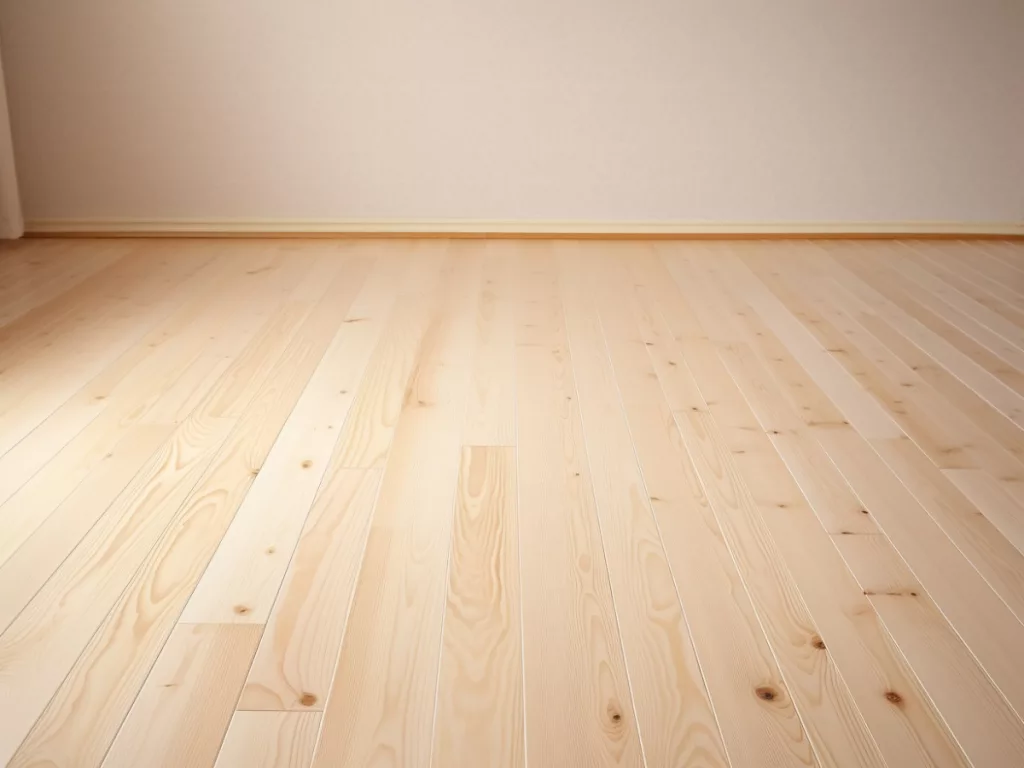
What is the best hardwood floor for dogs?
Choosing the best hardwood floor for households with dogs is crucial as pets can quickly wear down flooring with their claws, accidents, and any other pet-related mischief. Here are some considerations and recommendations:
Type of Wood for a Wood Floor
- Hardwoods:
- Hardwoods with higher Janka ratings like Brazilian Cherry (2350 lbf), Hickory (1820 lbf), or Hard Maple (1450 lbf) are more resistant to scratching and dents, making them more durable for pet owners.
- Bamboo:
- While technically a grass, bamboo is often included in the hardwood flooring category. It is an incredibly durable and eco-friendly choice. Strand-woven bamboo flooring is particularly strong and resists scratches and dents well.
- Engineered Hardwoods:
- Engineered hardwoods may offer a good compromise between the aesthetic of hardwood and the durability needed for pets. They consist of a hardwood veneer over a plywood or similar core. They are less likely to be damaged by changes in humidity and can be more scratch-resistant, depending on the hardness of the veneer.
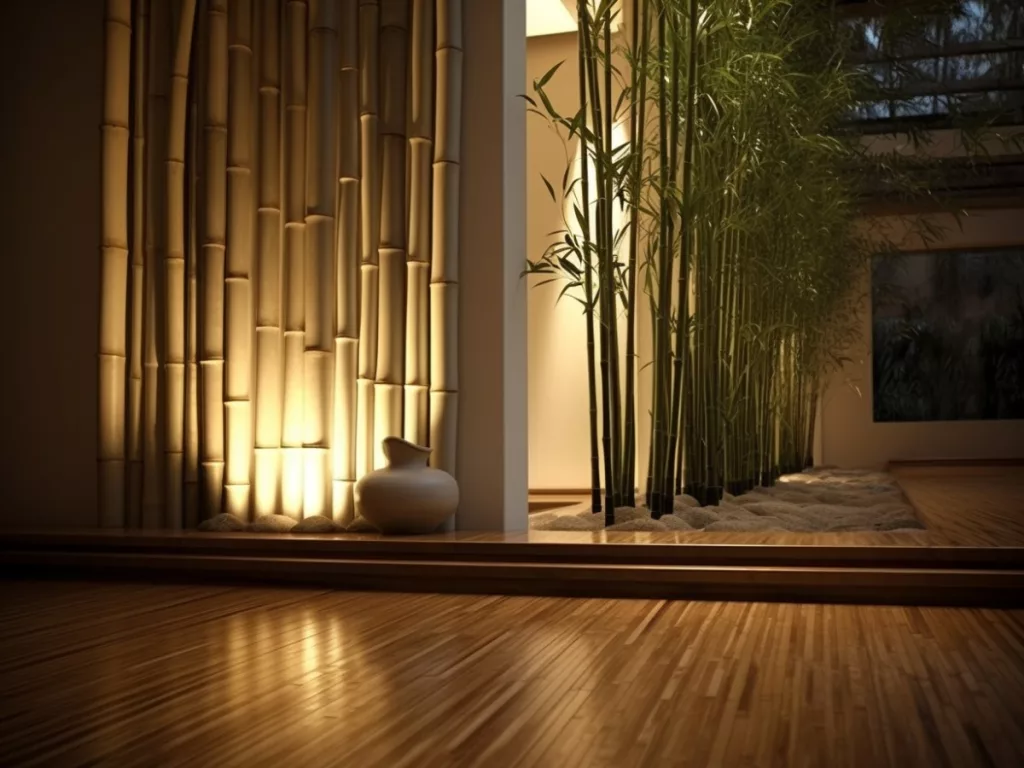
Finish
- Matte and Satin Finishes:
- Glossy finishes may show scratches more prominently. Opting for a matte or satin finish can help mask any damage from pet nails.
- Aluminum Oxide Finish:
- Floors coated with an aluminum oxide finish are known for their resistance to scratches and are a good choice for pet owners.
Other Considerations
- Textured or Distressed Surfaces:
- These surfaces can help hide scratches and dents, providing a more rustic look while being pet-friendly.
- Color and Graining:
- Lighter colors and woods with strong graining can also help disguise scratches and dents.
- Proper Maintenance:
- Regular cleaning and immediate attention to spills and accidents will help maintain the floor’s appearance. Moreover, keeping pets’ nails trimmed and avoiding having them wear any sharp accessories will also minimize the potential damage they can cause to the flooring.
By considering these factors, pet owners can find such flooring option that will withstand the challenges pets may pose while maintaining an appealing look and feel in their living space. Consulting with flooring professionals and looking at samples in store or in-home can also provide a better understanding of how different hardwoods and finishes may stand up to the wear and tear from pets.
Here’s a video on how to choose the perfect hardwood floor.
Here’s another instructional video on hardwood flooring.
One interesting note, bamboo is a very suitable material for flooring, it grows fast in nature and it gives a very strong fiber. Its hardness is not too high, but never low. It gives a beautiful texture as well. But it grows only in tropical, sub-tropical and temperate areas in the world.
FAQs
Is bamboo harder than oak?
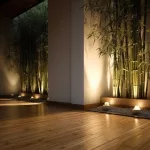
Yes, bamboo is generally harder than oak. Bamboo has a Janka hardness rating around 1380 lbf while white oak has a rating around 1360 lbf and red oak has a rating around 1290 lbf. But bamboo has a great appeal in flooring materials.
Is bamboo harder than hickory?
No, bamboo is not harder than hickory. Hickory has a higher Janka hardness rating of around 1820 lbf compared to bamboo’s rating of around 1380 lbf.
Is bamboo harder than walnut?
Yes, bamboo is harder than walnut. Bamboo has a Janka hardness rating of around 1380 lbf, while walnut has a Janka hardness rating of around 1010 lbf.
How is the Janka hardness scale useful in selecting hardwood flooring?
The Janka hardness scale is useful in selecting hardwood flooring because it helps to determine the wood species’ durability and resistance to wear. With this information, you can choose a hardwood floor that will withstand daily use and maintain its appearance over time.
Conclusion
Hardwood flooring selections is never a superficial task. Engaging with flooring experts, embarking on personal research, and understanding the intrinsic properties of different wood species in conjunction with the Janka rating can lead to informed, satisfying decisions.
A structured exploration serves as a pathway to making educated decisions in the quest for that perfect hardwood floor that complements both lifestyle and aesthetic predilections.
References
- S.J. Record, The Mechanical Properties of Wood, ISBN – 978-1519363398
- L. F. Botannini, WOOD: TYPES, PROPERTIES, AND USES, ISBN – 9781616688370


